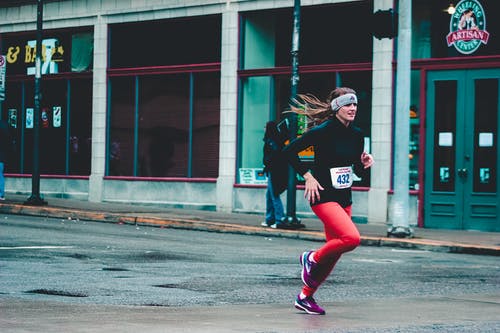Researchers and clinicians continue to explore interventions to reduce the significant numbers of running related injuries. These injuries, mainly overuse in nature, often cause a loss in training time and are found among both novice and experienced runners. In addition to strength training, gait retraining has shown promise in reducing the forces placed across the lower body during running. Simple strategies such as reducing step length (heel to mid foot strike) and landing softer (reducing vertical forces) can quickly reduce forces during gait. In addition, providing runners with real time feed back through simple video analysis and verbal cuing accelerates utilization of these new running strategies. Few research articles have examined the retention rate and transfer of learning between laboratory running gait retraining and a runner’s outdoor training, but a new study shows old running habits may die harder than originally thought.
Zhang and colleagues examined runners’ gait mechanics under various conditions including overground running, treadmill running, as well as, running inclines and declines (Gait Posture. 2019). Each runner’s lower body forces were measured in a biomechanics laboratory during their preferred running gait. Based off this analysis, runners were then provided with 8 sessions of gait retraining with real time feedback (soften your foot strike) to reduce forces across the lower body. Runners were then reassessed to determine if the gait retraining transferred to an outside environment. Consistent with prior research, the majority of runners were able to reduce lower body forces during gait retraining in the laboratory. Outside of the gait retraining, they were able to reduce their overall forces during overground and treadmill running, but peak forces were not reduced during overground running. Not surprisingly, this study highlights the difficulty of changing a movement pattern like running. Consistent, deliberate practice with the principles learned during gait retraining is required to create an automatic process with athletes.

